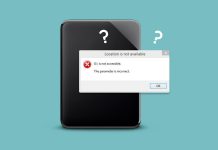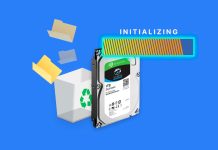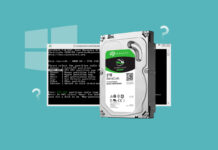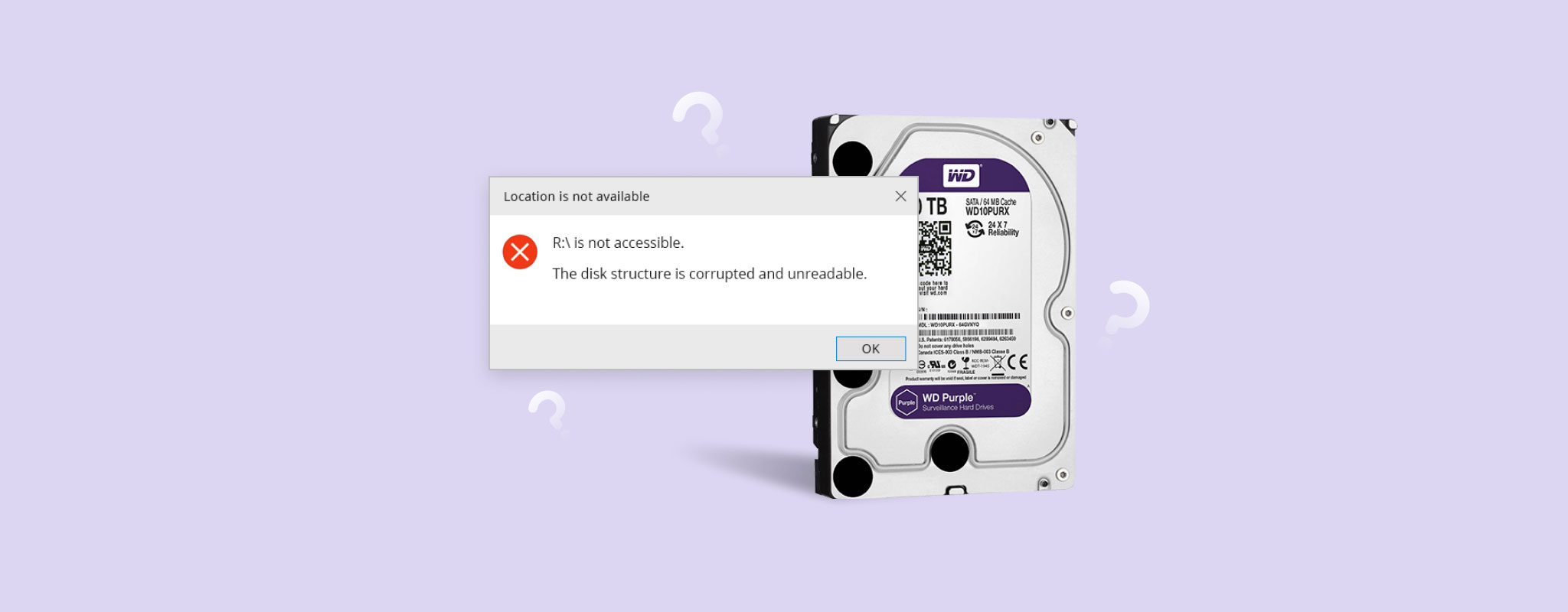
All hard disk drives rely on a complicated series of interconnected components, digital and physical, to read and store your data. One essential part of a hard drive is its disk structure, which determines where your data is stored and how it is accessed.
If the disk structure is corrupted and unreadable, you won’t be able to view any of your files. Read on to find out how you can fix it and restore access to your data.
We focus on hard disk drives (HDDs) in this article, but the described methods will also work on other storage devices that have a corrupted or unreadable hard disk structure, like USB flash drives, SD cards, and solid-state drives (SSDs).
What Is the Disk Structure
Your hard disk drive has two disk structures: physical and digital. The physical disk structure consists of tracks, geometrical sectors, and hard drive sectors. The logical disk structure consists of a file system, partitions, and a master boot record. Thedisk controller enables the two disk structure types to work together, allowing information to be stored and accessed.
Here are a few common reasons why a disk structure can become corrupted or unreadable:
| Cause | Description |
| ⛓️💥 Read-write interruption | If a storage device isn’t ejected safely, important read-write processes can become interrupted and cause damage to essential system files. |
| 🗃️ File system corruption | The logical structure that organizes data on the drive (NTFS, FAT32, exFAT, etc.) can become corrupted and prevent the operating system (OS) from locating data. |
| 🟥 Bad sectors/blocks | Sectors (on HDDs) and blocks (on flash storage) where important info is stored, like the boot sector, can wear out over time, making the data unusable. |
| 📄 Damaged MFT | The MFT (Master File Table) tracks where every file and folder on the disk is. If it becomes damaged or corrupted, the OS will be unable to locate any data. |
| 💥 Physical corruption | Physical damage can cause the disk motor to fail and prevent it from spinning. |
How to Save Data If the Disk Structure Is Damaged and Unreadable
Right now, your data is inaccessible, and any action you take (including fixes) on the disk when your data is in this state could cause it to become unrecoverable. Therefore, you should create a byte-backup first, which creates a backup of every sector/block on your drive.
If your drive isn’t working due to physical damage, don’t do anything. No backups, no fixes, no recovery. Instead, you should contact a data recovery center where recovery specialists will get your data back safely. In terms of the drive, replace it; as it can no longer be considered reliable.
You can use any backup solution, but Disk Drill is our go-to because it includes drive health monitoring and data protection features for the future. We also use it later in the article to recover the data. If you have a backup already, you can skip this, but here’s a demonstration of how to create a drive backup with Disk Drill:
- Download and install Disk Drill.
- Click Byte-to-byte Backup.
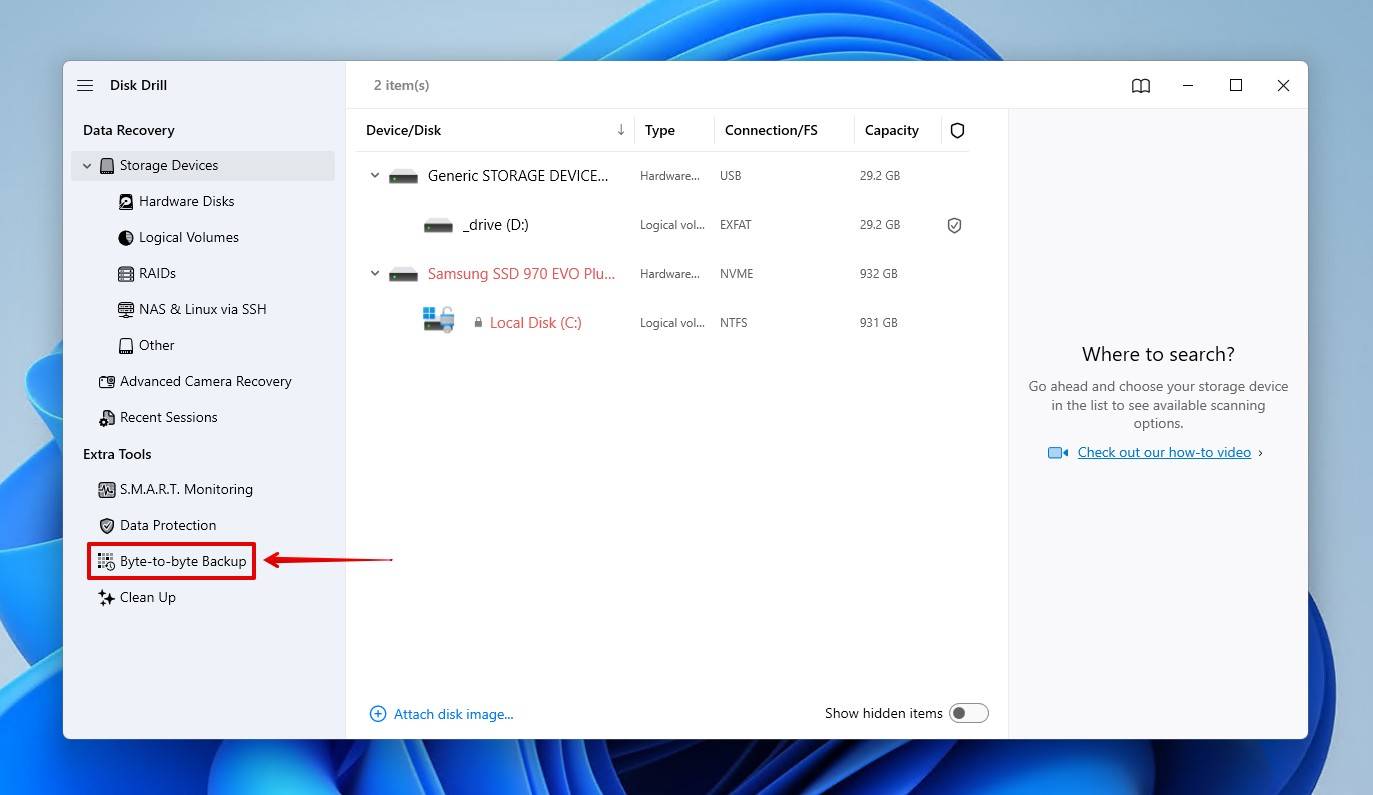
- Select your drive, then click Create backup.
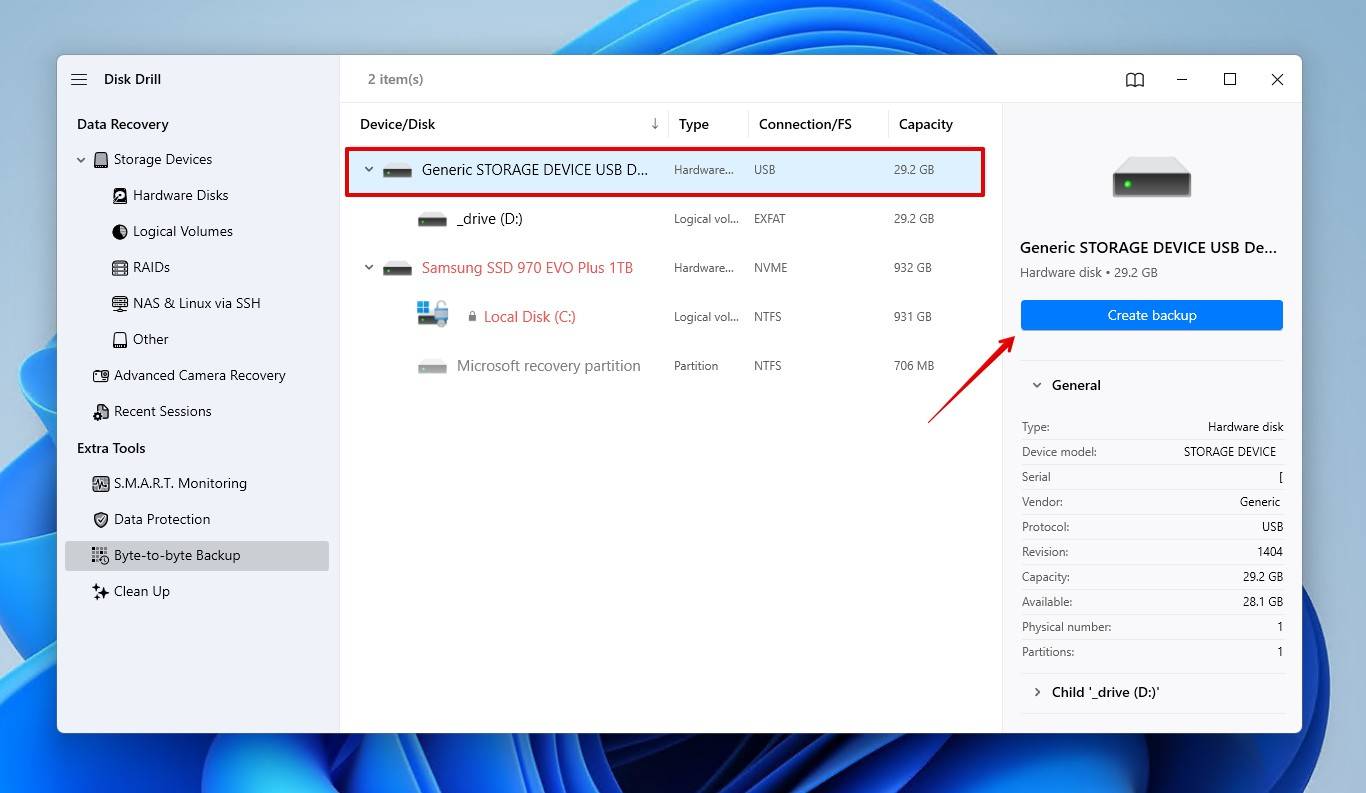
- Name the backup and choose where it will be stored. You will need a storage device of equal or larger size. Click OK.
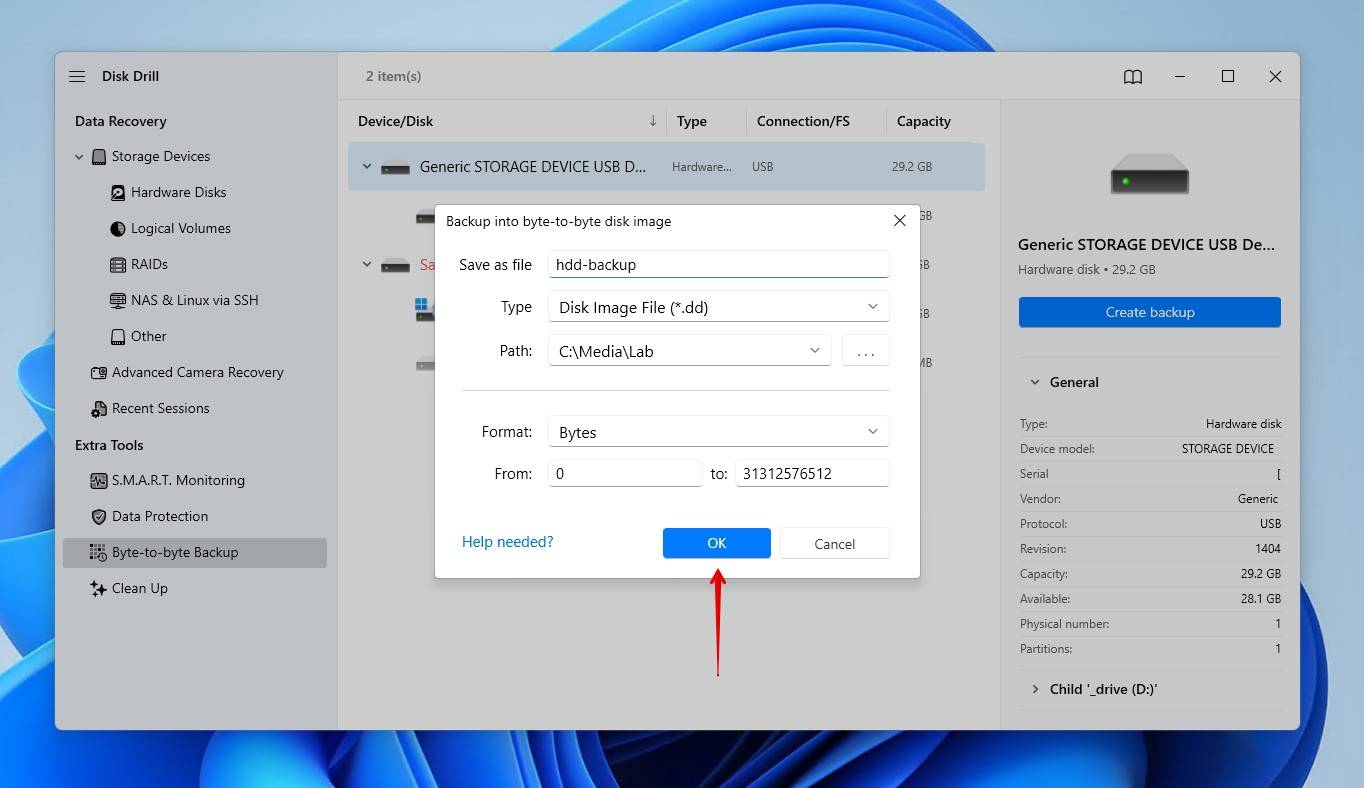
The backup also does a surface scan, identifying any bad sectors or blocks it runs into.
How to Fix Corrupted Disk Structure
Once your data is backed up, it’s time to fix the problem. The methods below will show you how to fix a corrupted disk structure on Windows. These “The disk structure is corrupted and unreadable” fixes are presented methodically, so it’s best to start from the first and work your way through.
Method 1: Reconnect the Drive
Removing the drive and reconnecting it may be all you need. For instance, if Windows says the disk structure is corrupted and unreadable on your external hard drive, it may be due to a loose or temperamental cable.
Should this not work, consider trying the drive in another machine too, as this may isolate the problem to your machine rather than your drive.
Method 2: CheckDisk (CHKDSK)
CheckDisk is a repair tool available using Command Prompt that’s able to repair logical and physical hard drive-related errors, including if the disk structure is corrupted and unreadable in Windows 11. It doesn’t work on RAW disks, with one exception. If the volume is formatted with NTFS and the problem is a corrupted boot sector, CHKDSK may be able to restore it from a backup sector, if one is intact.
Here’s how you run CheckDisk:
- Right-click Start and click Terminal (Admin).
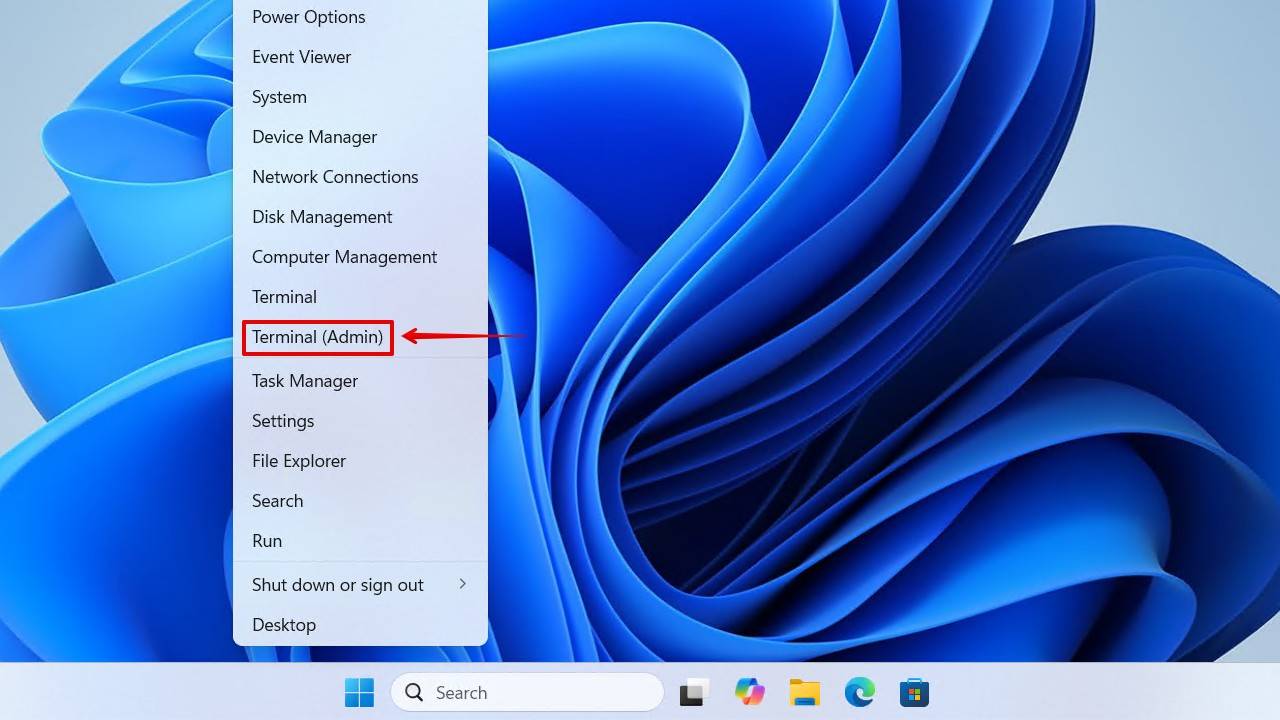
- Type
chkdsk *: /f. Replace * with your drive letter. Press Enter.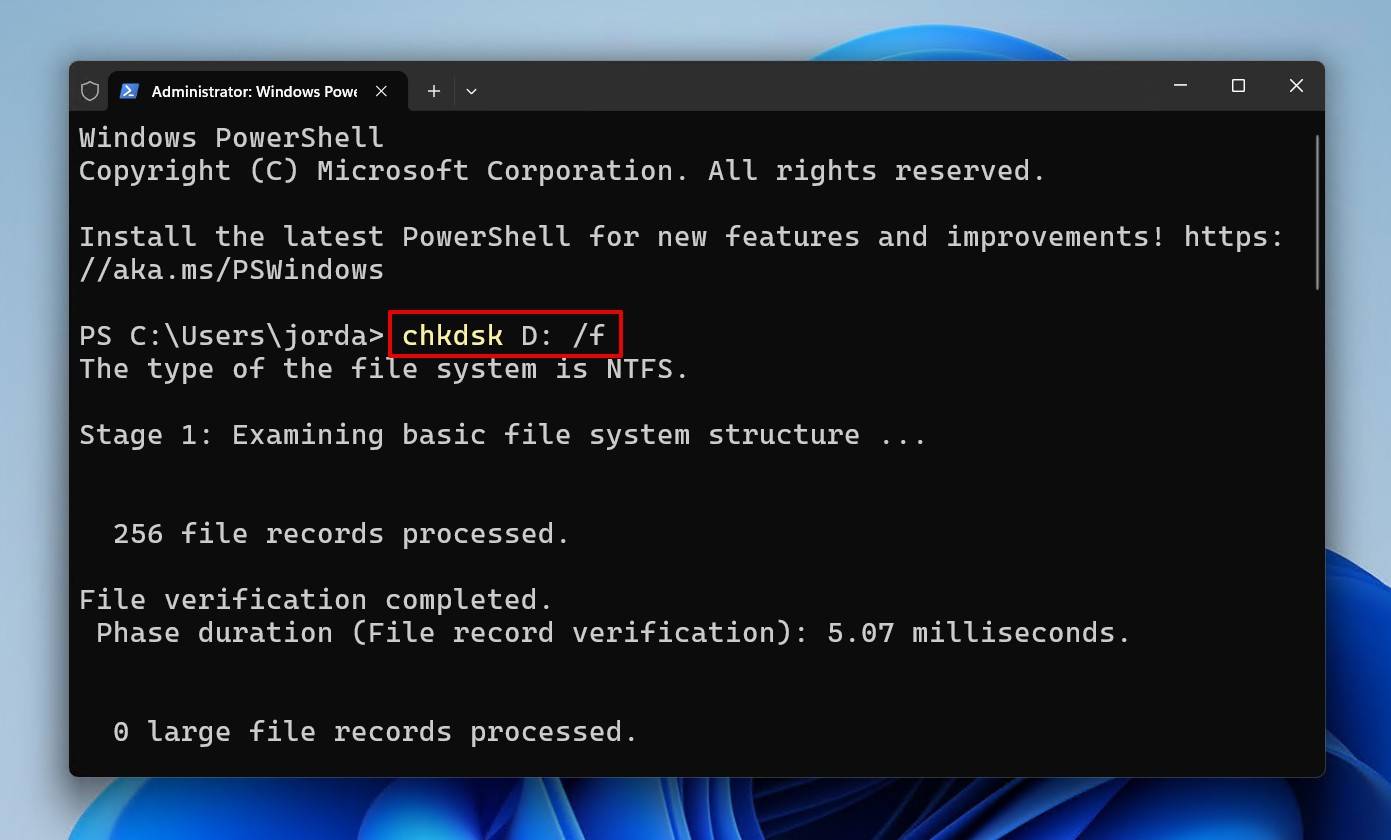
Method 3: TestDisk
TestDisk is a partition recovery tool that works to repair the underlying damage if the disc structure is corrupted and unreadable. Similar to CHKDSK, but far more advanced. By repairing the damage, your disk structure will be restored, and any volumes you had will come back, along with the data.
As with any fix, there is a threat to your data, notably only if you choose the wrong options. As such, it’s important that you’ve created a backup of the disk before proceeding.
Here’s how you repair the disk structure and get your data back with TestDisk:
- Download and extract the contents of the TestDisk ZIP file. Open testdisk_win.exe.
- Press Enter to create a new log file.
- Select the disk with the corrupted disk structure. Press Enter.
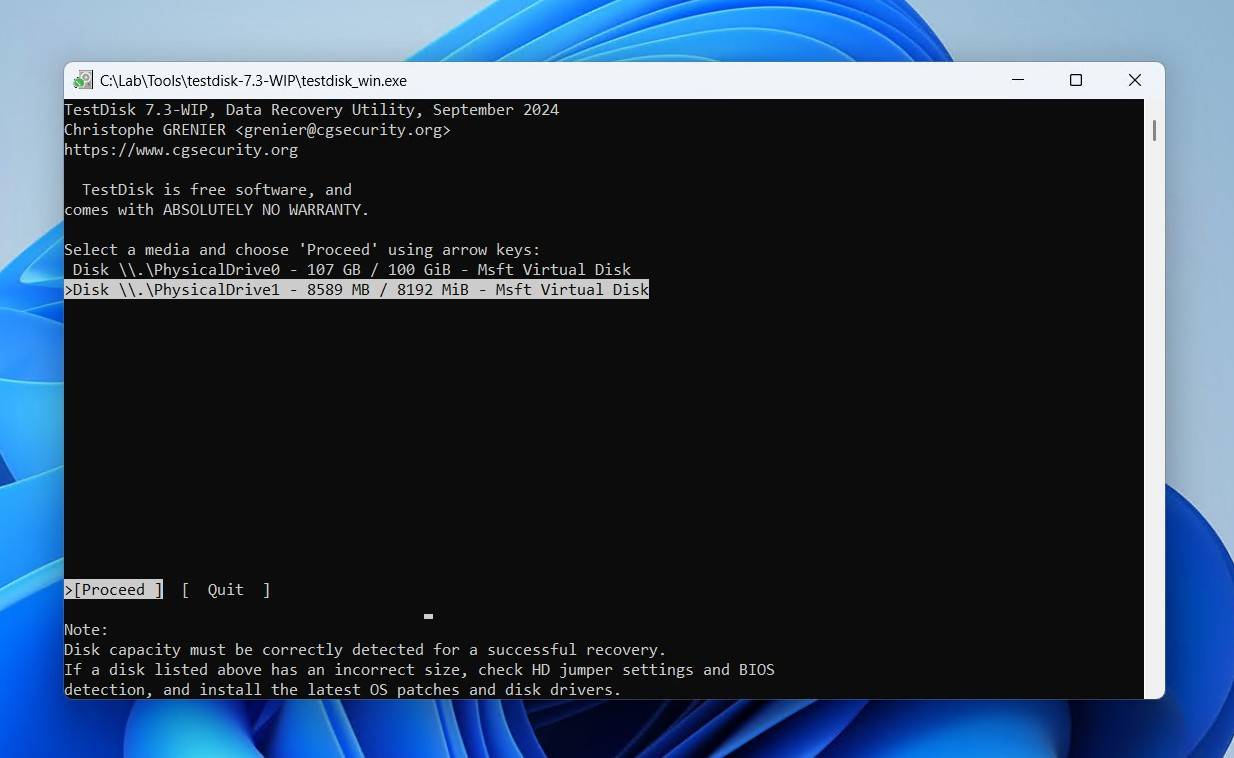
- Select the partition table type, then press Enter.
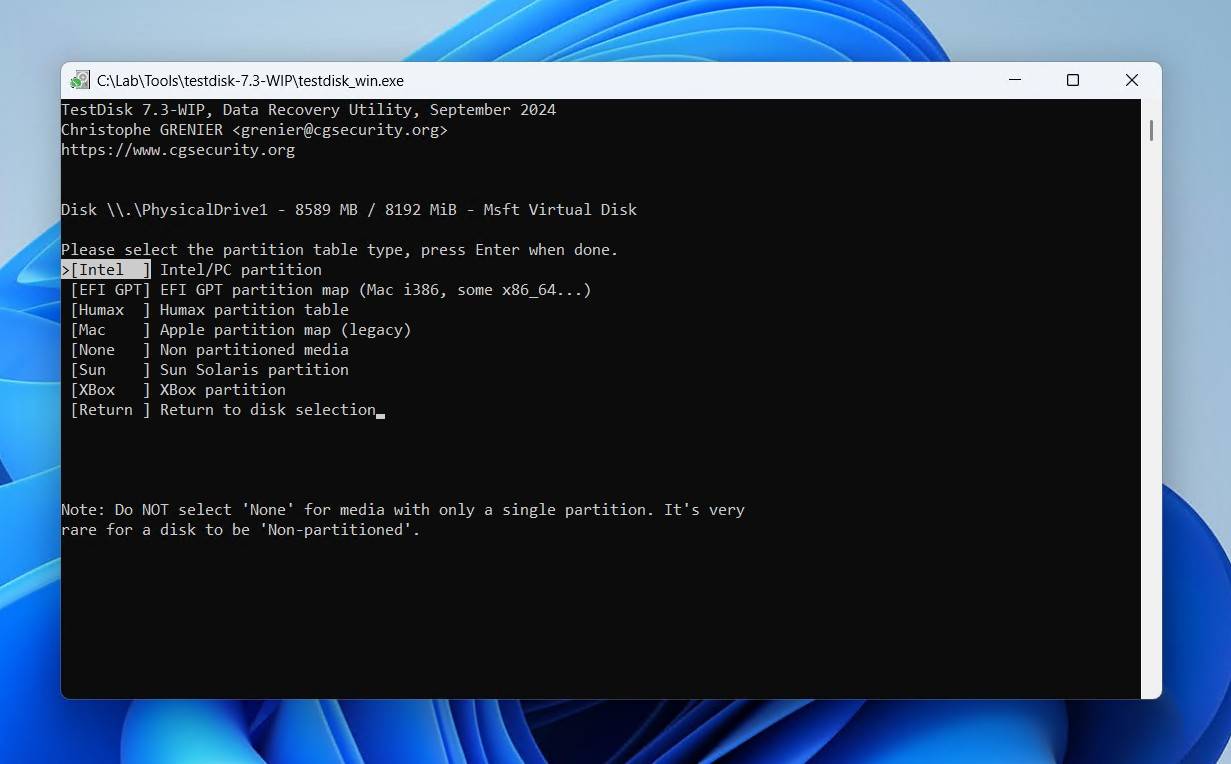
- Press Enter while on the Analyse option.
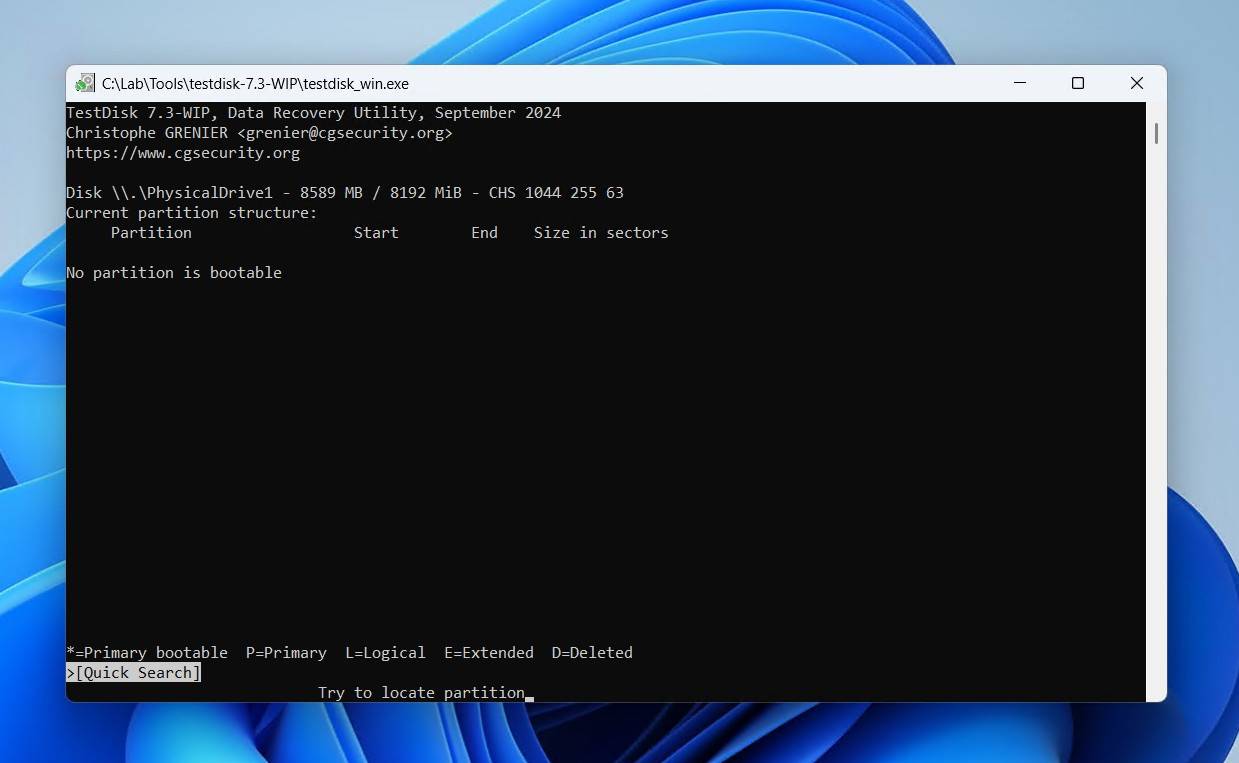
- Press Enter to begin the quick search.
- Hover over your found partition and press Enter. If it wasn’t found, you may need to do a deeper search. Or, change its characteristics using the up/down arrows. When ready, press Enter.
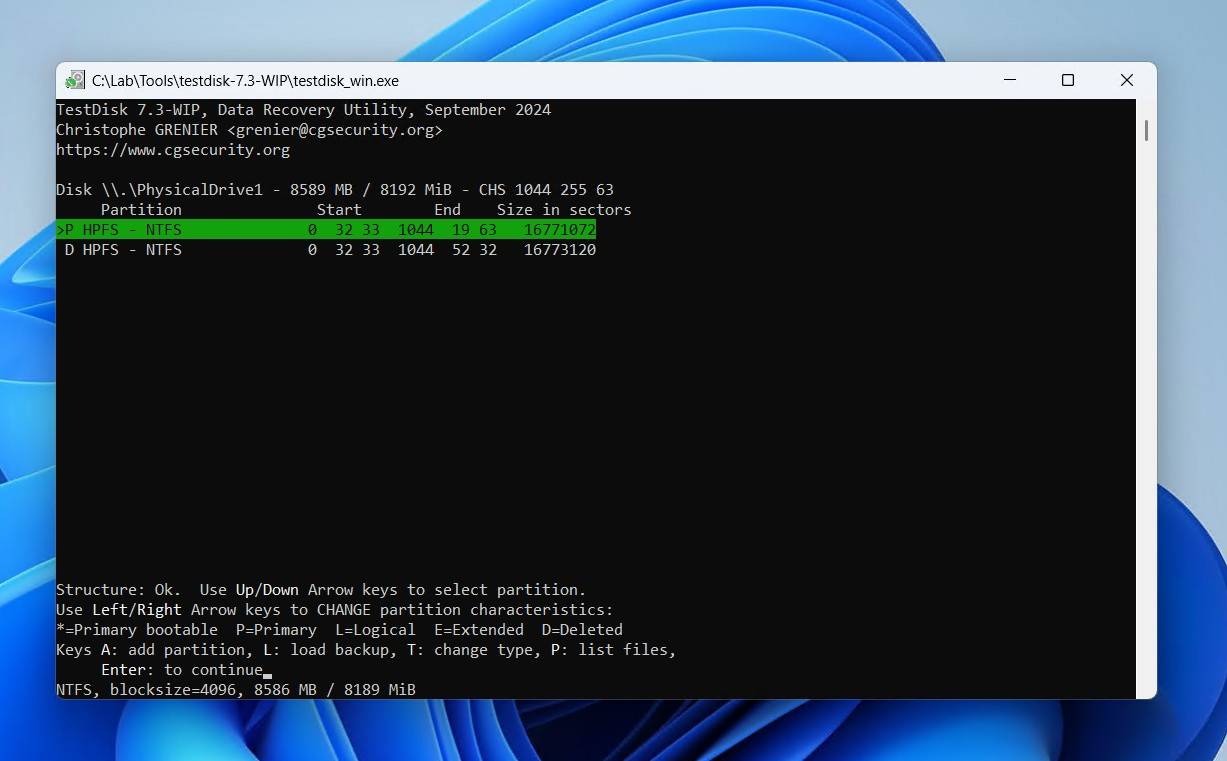
- Hover over the Write option and press Enter.
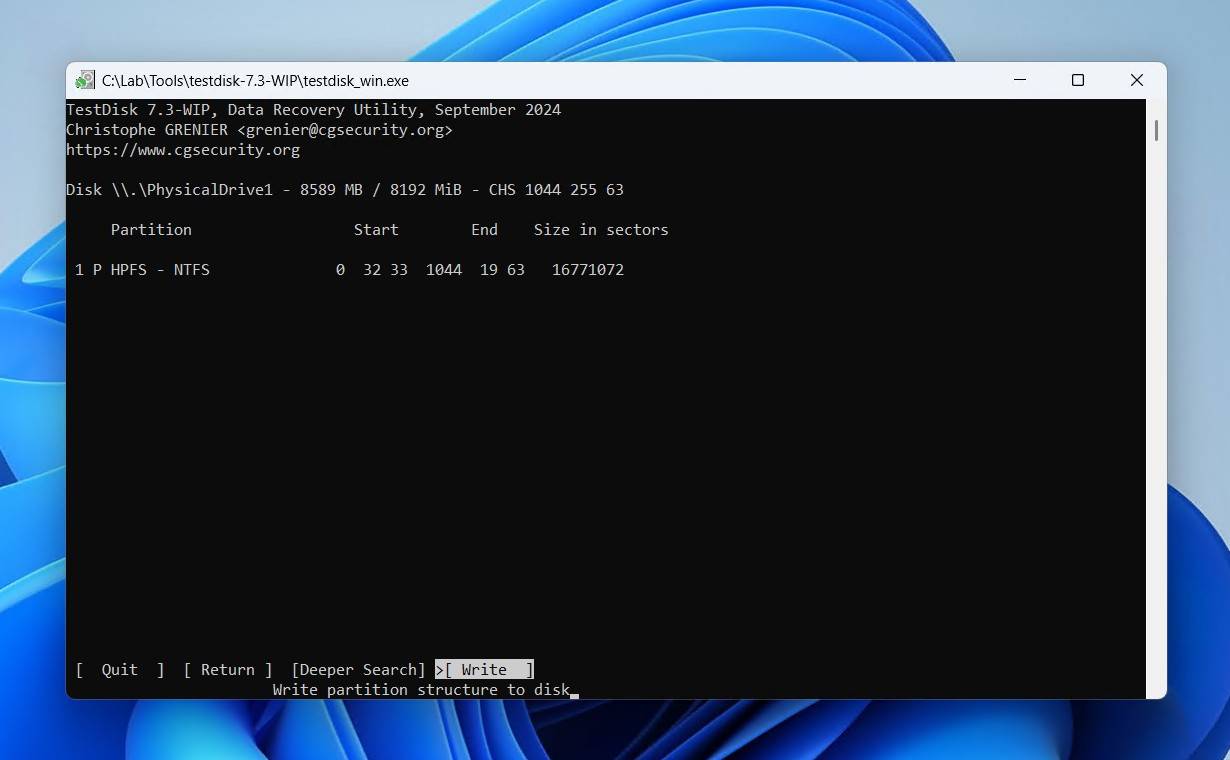
- Press Y to confirm.
After the partition is written, you’ll need to reboot your PC. Once it’s on, you’ll see the partition back to its original location.
Method 4: Formatting
When none of the aforementioned fixes have worked, and this disk structure is still corrupted and unreadable, formatting it with a new file system is the last resort. This will write a new, working file system to the partition, deleting the old one (and all of its problems) along with the data on it. Even though it is possible to recover data from a formatted hard drive, it’s significantly safer to create a backup first.
This is how to fix a disk structure that is corrupted and unreadable by formatting:
- Right-click Start and click Disk Management.
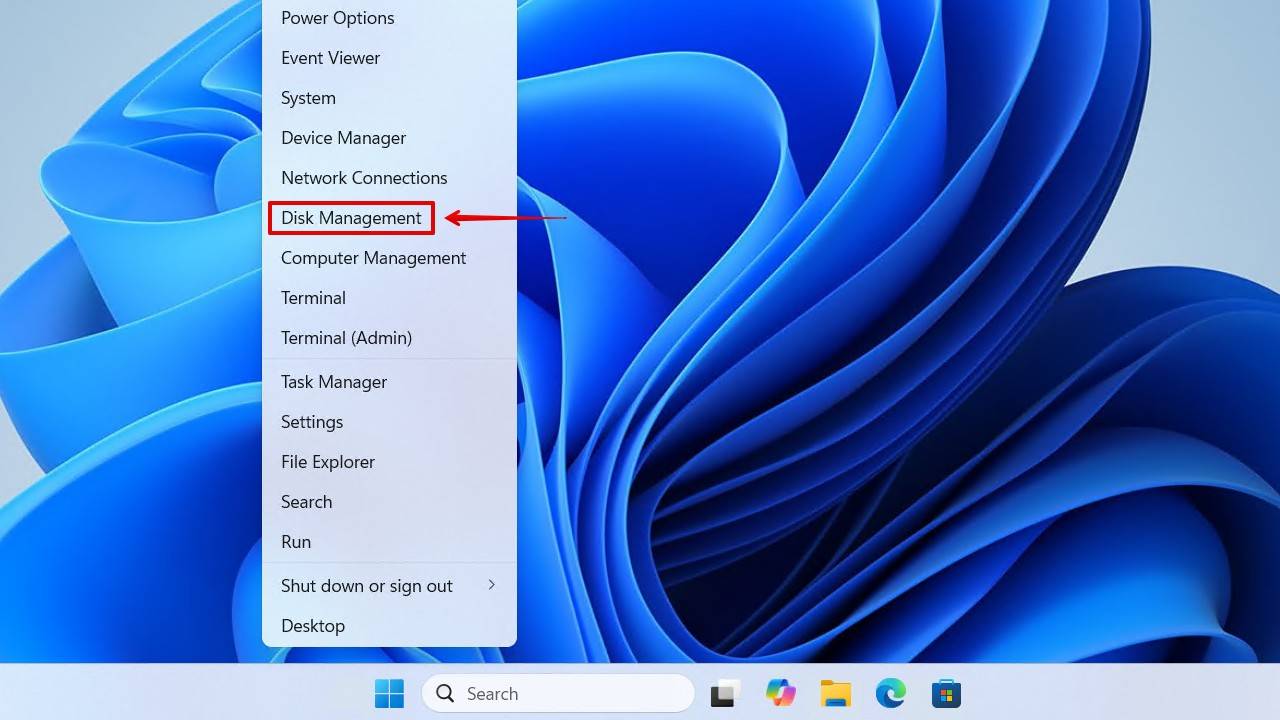
- Right-click the volume on the affected drive and click Format.
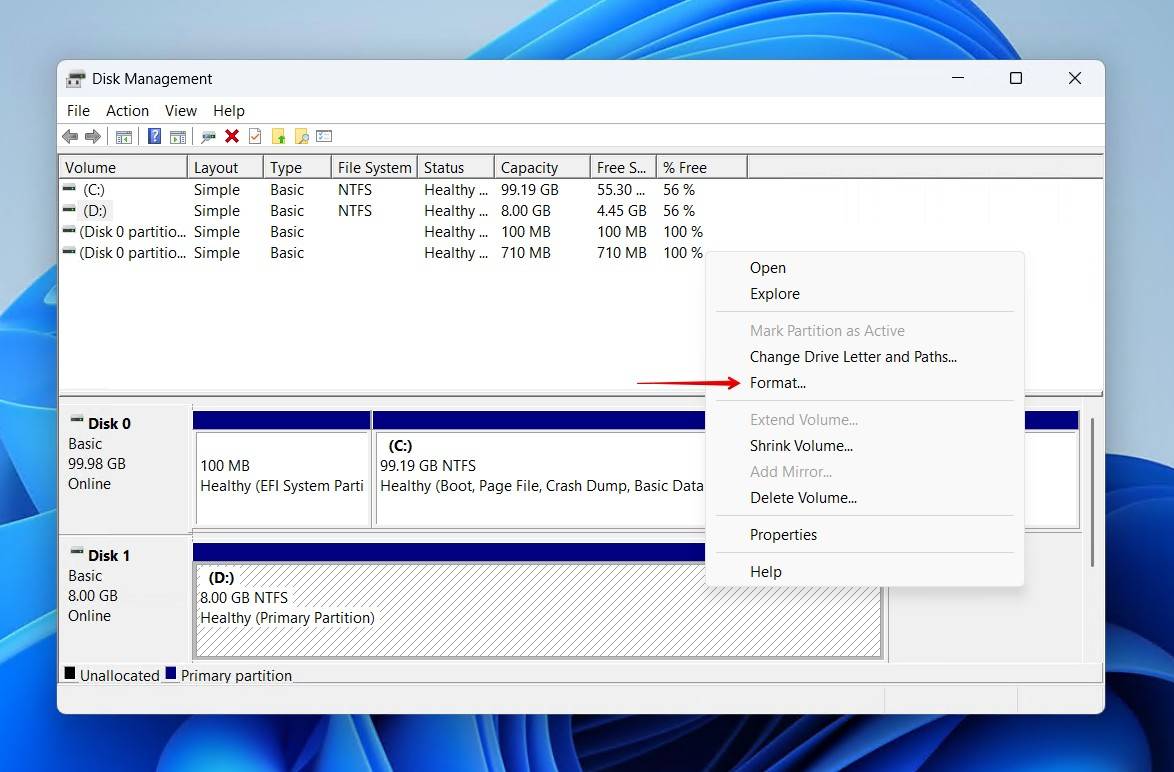
- Ensure Perform a quick format is selected, then click OK.
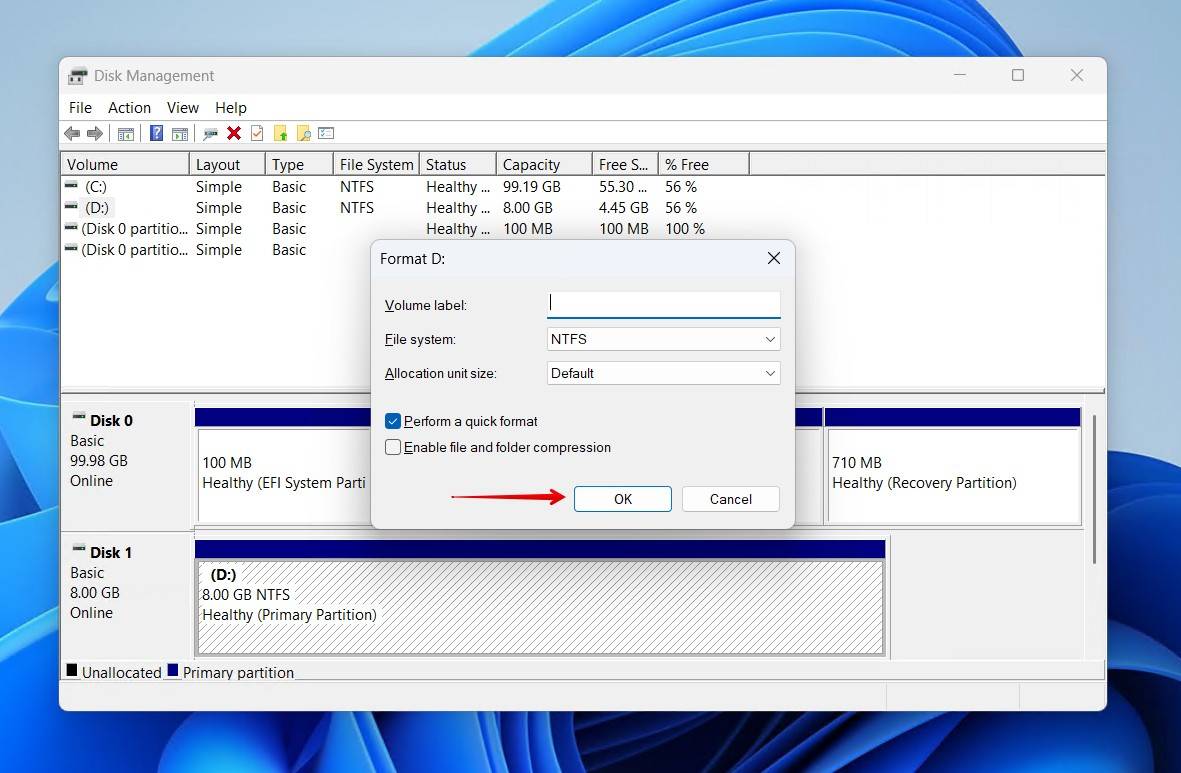
- Click OK.
Windows gives you several ways to format a drive. If you want to explore others, perhaps to find one that is more convenient, check out our guide on how to format an external hard drive, which also works for internal drives.
How to Recover Lost Data From the Hard Drive
Now that the drive is fixed, it’s time to recover that data. If you already made a backup before the data was lost (whether cloud-based or local), restore it from that. We’ll be recovering the data from the backup created earlier in the article, but if you didn’t create a backup and lost some data to the fixes above, you can scan the drive directly.
Let’s go back to Disk Drill. We’ve chosen it here not only because we created the backup with it, but also because it has a proven history of successfully recovering data. It utilizes several scanning methods, letting you recover data even if it was deleted, perhaps by the damage that affected your disk structure.
Here is how you can recover lost data using Disk Drill:
- Download and install Disk Drill (if you haven’t already) to a different physical drive from the one that we just finished working on.
- Select the hard drive and click Search for lost data. For disk images, use the Attach disk image option to add them to Disk Drill.
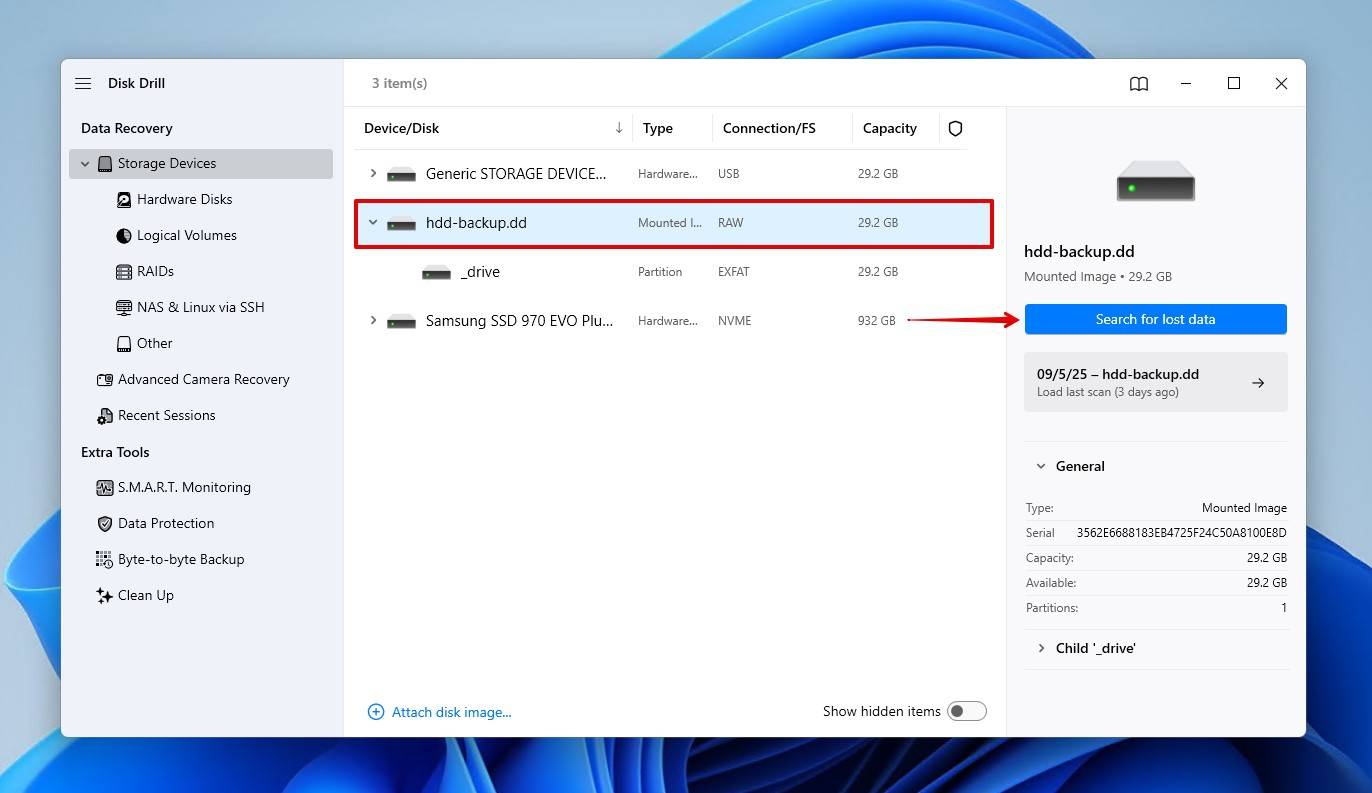
- Click Universal Scan to start searching for all recoverable files. If you’re recovering photos from a camera memory card that has lost its structure, the Advanced Camera Recovery scan is ideal for recovering unedited videos from cameras and drones.
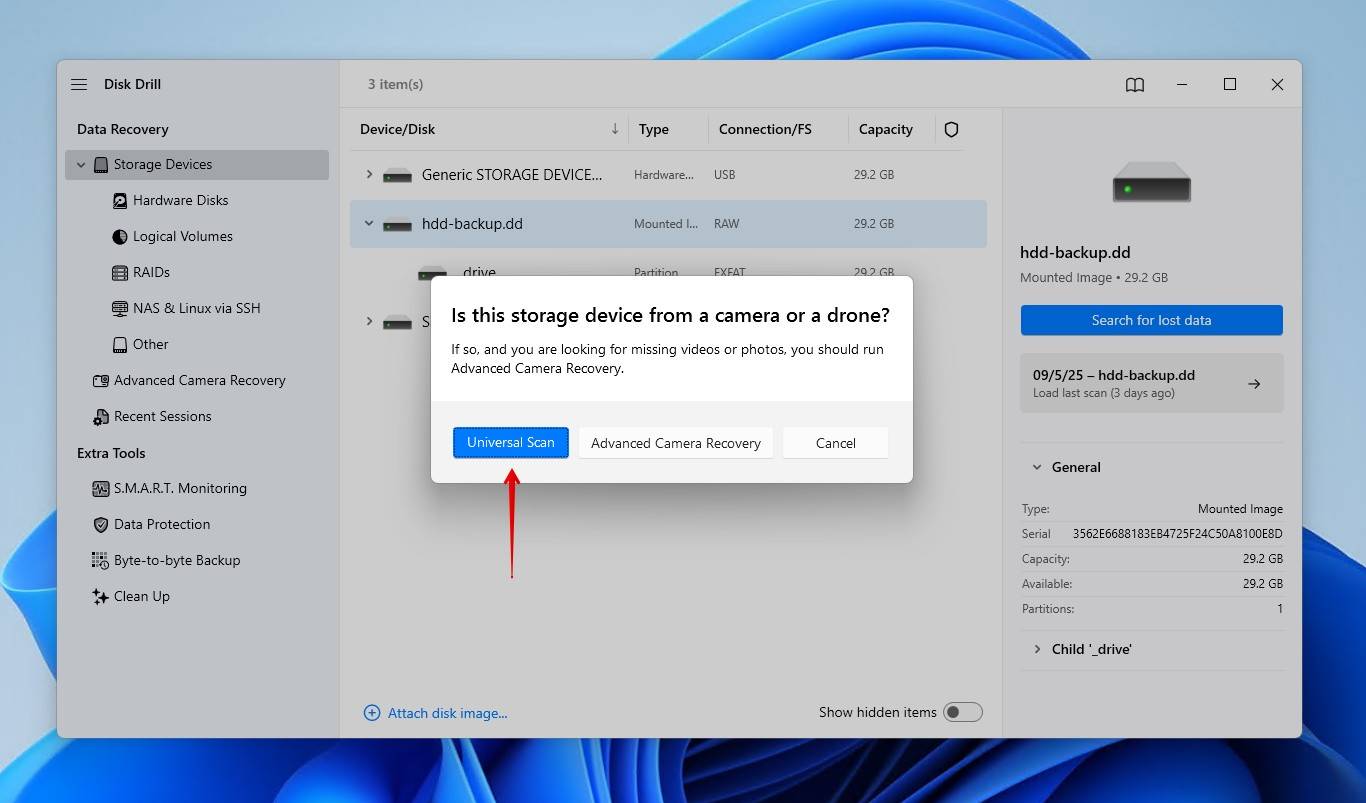
- Click Review found items when the scan is complete.
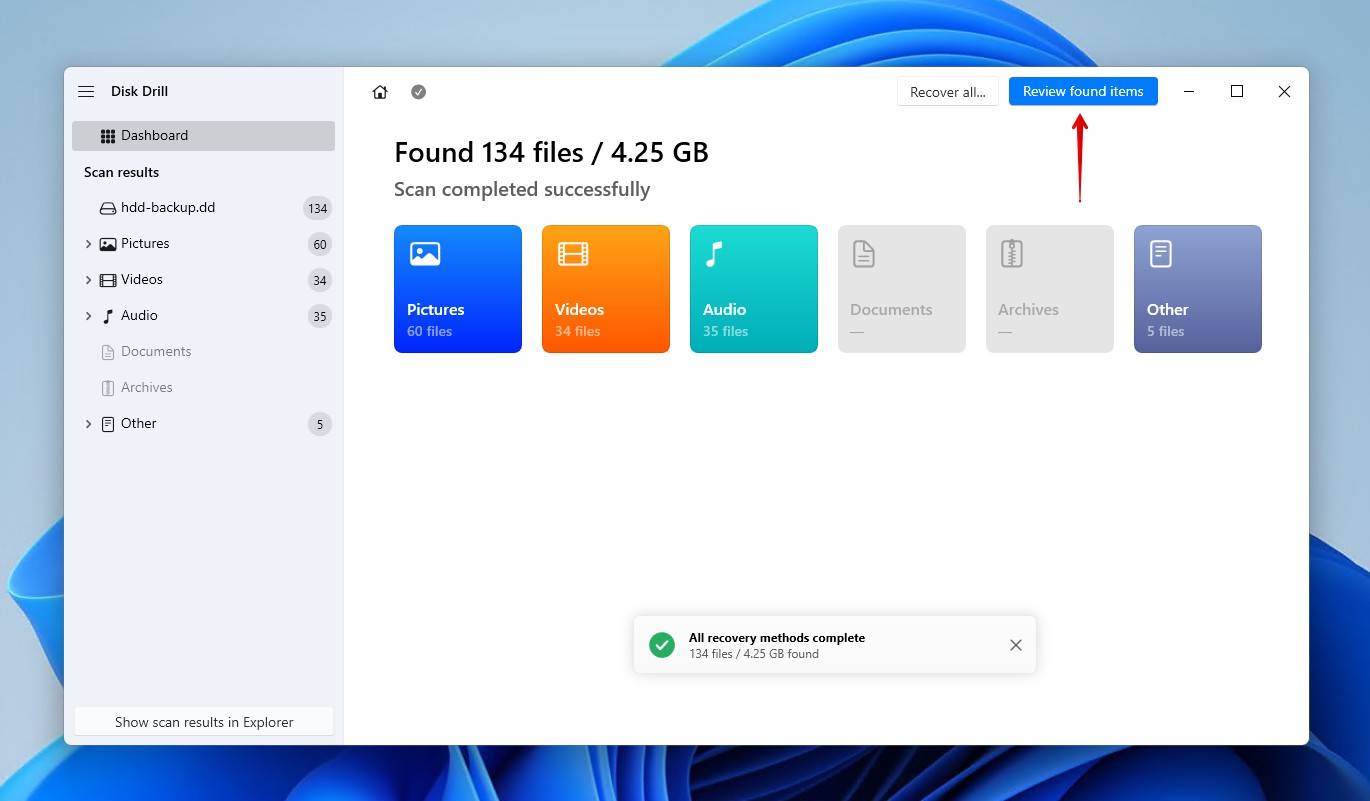
- Mark the files you want to recover. Use the filter buttons and preview panel to find exactly what you’re looking for. When ready, click Recover.
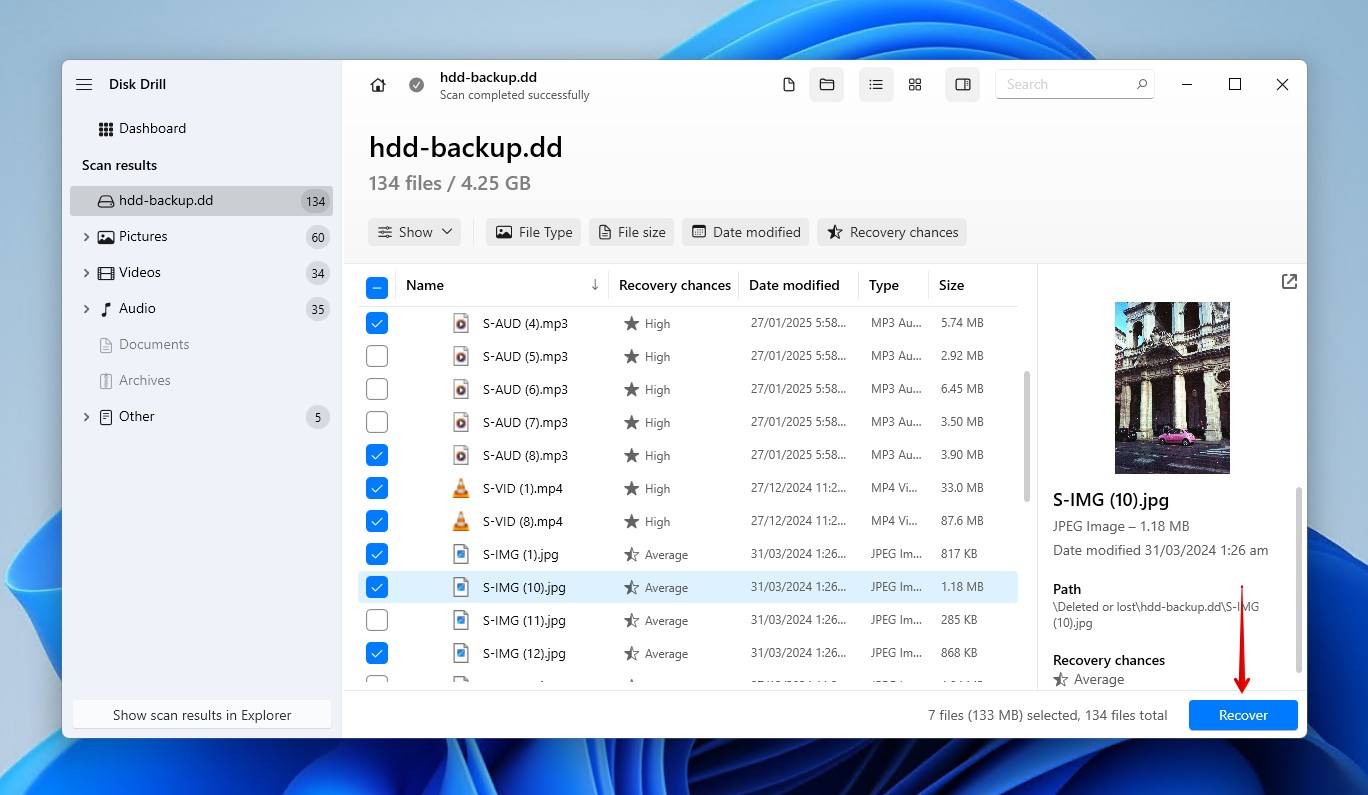
- Choose an appropriate recovery location, then click Next.
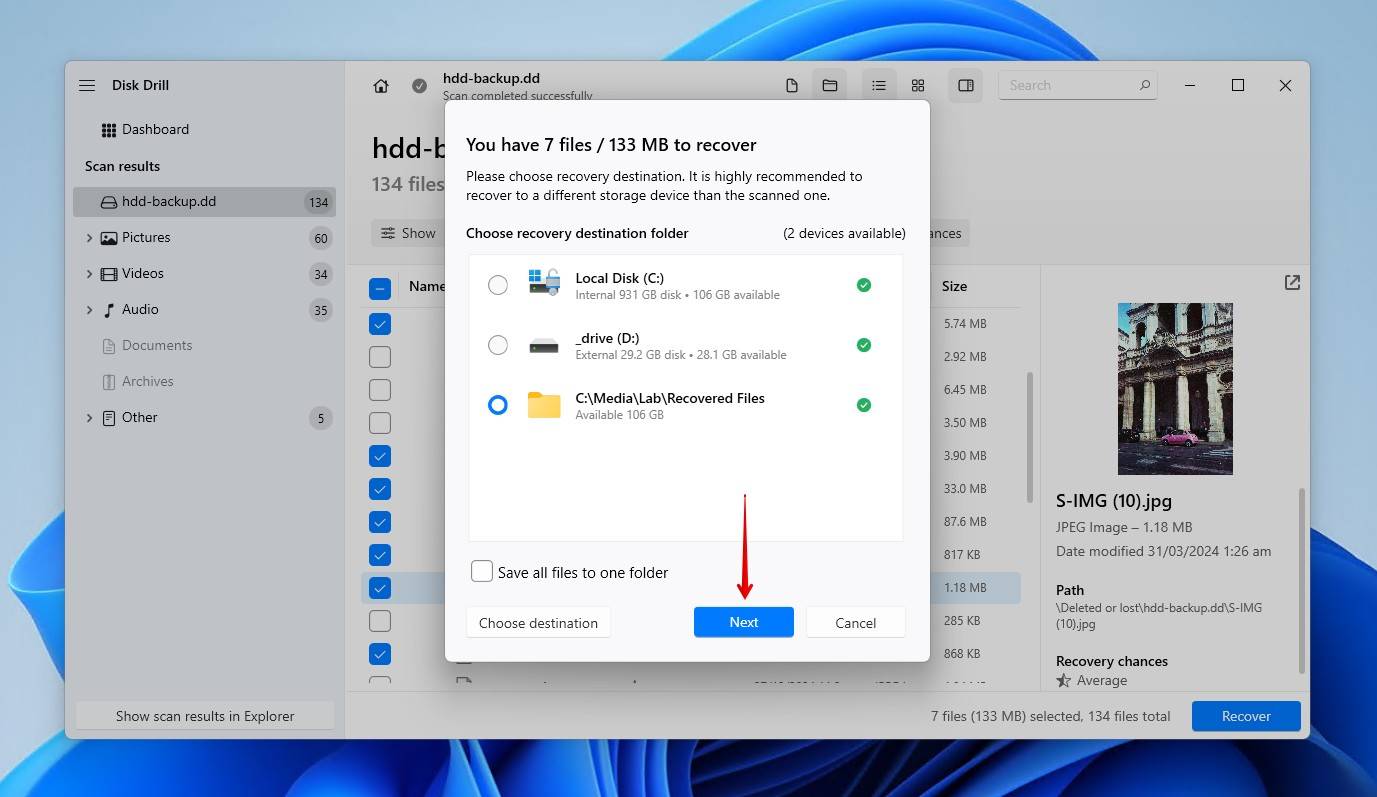
Conclusion
Once your data is recovered and the disk structure restored, now would be a good time to implement safe measures for the next time. Because it can happen at any point, it’s best to prepare for it, rather than try to avoid it.
While software can recover data from internal and external drives alike, it’s no substitute for a reliable monitoring and backup strategy. Use a tool that actively monitors your drive’s health, and consider the 3-2-1 backup rule to keep on-site and off-site backups of your data.
Let us know what method worked for you in the comments. Your feedback is appreciated. And, if you need to recover files from a different data loss situation, check out our other guides.

